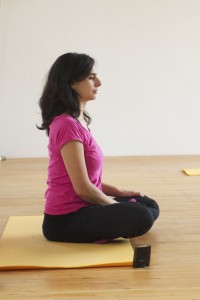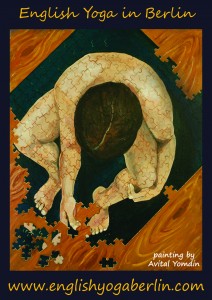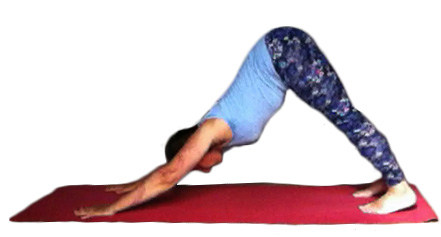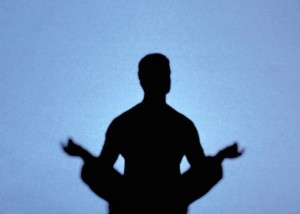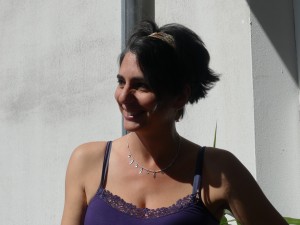I asked Pinelopi (from English Yoga Berlin in Kreuzberg) what does a private yoga class mean to her practice as a yoga teacher. Her answer sheds some light on what yoga can bring to one’s life.
I love to share what my own practice of yoga has provided me: a journey into becoming aware and connected to the body, and in my case, transforming my relationship to chronic pain. From that I have learnt that each body is unique and each person’s requirements, needs, and goals are unique too.
A private one to one session with a student provides me with an opportunity to work specifically for what their body requires, focusing on one specific pattern – be it a small postural habit acquired in the office chair, or a life-long struggle with pain. In a class, the teaching can be more generalised about habits and patterns, and it is about becoming relaxed, alert and awake in a group context, something that is also special and appreciated by yoga practitioners. They are just two different things.
Personalised experience
At the beginning of a private yoga session, I get to do a check-in and find out what is going on in the student’s life at that moment. I also get to understand their learning style, if they are a visual person, seeking metaphors, or more drawn towards an experience of ‘embodied presence’, centering on sensations and more like an investigation.
The relaxation I give them at the end often has to do with what they are dealing with using a learning style method that works powerfully for them.
People mostly book a session bringing a challenge with them, like chronic pain. I often feel that people come in a big knot, and the process of yoga is to slowly loosen the knot by tackling a little piece at a time, first this piece, than that piece, continuously, with repetition. Often it’s because of this knot that several habits get created: the pain might have started from one thing and then the body is trying to protect and compensate creating new habits.
I see a private session with a student as a chance for the student to find the puzzle pieces of their own selves through Yoga. It’s an approach that requires an openness to transformation in our bodies, energies and minds.
Contact us here to learn more and book a private session, or check our classes schedule to participate in a group class.




